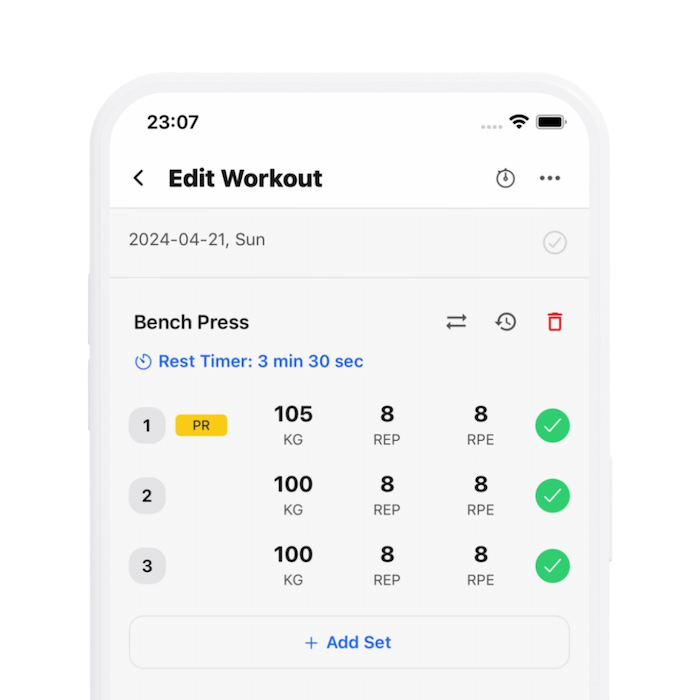30 Seconds SummaryIs Tightness Good or Bad When Lifting?
- While tightness in muscles and joints is often blamed for injuries, it can sometimes enhance performance in weightlifting by increasing stiffness and force production.
- Flexibility is crucial for gymnastics and CrossFit, as well as maintaining basic everyday mobility which becomes important with aging.
- Excessive tightness can lead to injuries and pain, prompting the need for interventions like stretching, even if it results in temporary decreases in strength.
- In situations requiring maximum force and stiffness, such as weightlifting, some tightness is beneficial and can help increase the weight lifted.
- Tight muscles build up more elastic energy, which when released, can improve performance in powerlifting and even potentially aid endurance by improving exercise economy.
- Extremely flexible individuals might face challenges in force generation, putting them at higher risk for joint injuries.
- Lack of flexibility isn't always due to muscle tightness; it can also stem from weak stabilizing muscles, poor coordination, or other physiological and psychological conditions.
- Finding a balance in mobility that matches one's individual goals is crucial; avoiding both excessive flexibility and tightness can optimize athletic performance and reduce injury risks.
Biolayne
Andres Vargas
